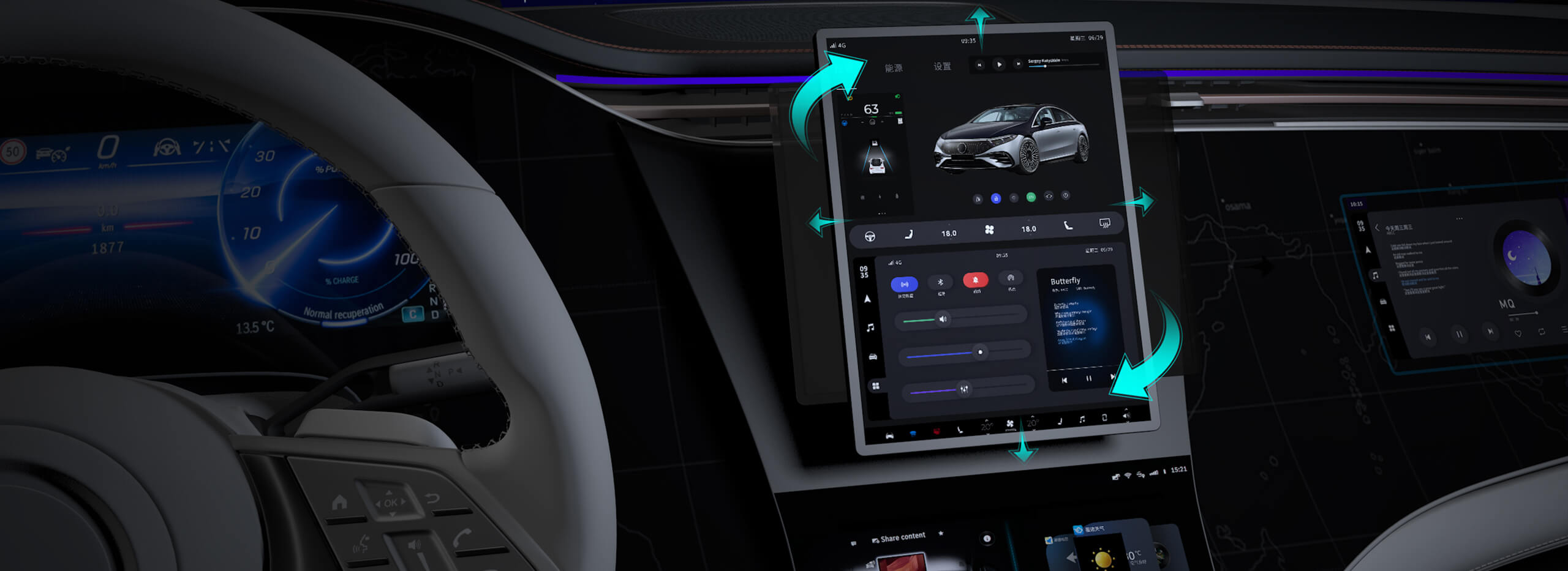When we think of automation, robotics, or even just a cool DIY project, one of the first components that come to mind is the servo motor. These tiny yet powerful devices open up a universe of possibilities, from animating robotic arms to creating precise camera gimbals or even design prototypes that mimic human motions. The magic truly begins when you learn how to seamlessly move a servo motor using Arduino—a microcontroller platform renowned for its simplicity, versatility, and vast community support.

What is a servo motor? A servo motor is a specialized rotary actuator usually used for precise control of angular position. Unlike standard motors that spin endlessly, servos are designed with a built-in feedback mechanism allowing them to rotate to a specific angle within a range—typically 0° to 180°, or sometimes more. This feedback loop makes servo motors incredibly useful for applications requiring controlled movement and accurate positioning.
The core principle—PWM control At the heart of servo control lies a simple concept: Pulse Width Modulation (PWM). PWM controls the position of the servo by sending a pulse of a specific width within a fixed time period, typically 20 milliseconds. For most standard servos, a 1-ms pulse corresponds to 0°, a 1.5-ms pulse to 90°, and a 2-ms pulse to 180°. By varying pulse widths, we dictate the position the servo should reach.
Getting started—what you need Before diving into code, let's gather the essentials:
An Arduino board (Uno, Mega, Nano, or any compatible) A servo motor (commonly a SG90 or MG995) Jumper wires Breadboard (optional but helpful) Power supply (if powering multiple servos)
Most Arduino boards have a dedicated PWM capable pin, often labeled as ‘D9’ or ‘D10’. Connecting a servo is straightforward:
The red wire (power) connects to 5V (or an external power source if drawing more current) The black or brown wire (ground) connects to GND The yellow or white wire (signal) connects to the designated control pin
First glance at Arduino code for moving a servo The easiest way to start is by using the Arduino Servo library, which simplifies PWM control for servo motors. Here’s a simple snippet:
#include Servo myServo; // create a Servo object void setup() { myServo.attach(9); // attaches the servo on pin 9 } void loop() { myServo.write(0); // move servo to 0 degrees delay(1000); // wait for 1 second myServo.write(90); // move servo to 90 degrees delay(1000); myServo.write(180); // move to 180 degrees delay(1000); }
This code cycles the servo through three positions: 0°, 90°, and 180°, pausing between each. It serves as a fundamental example to grasp how Arduino and the Servo library work together.
Understanding the code
We include the Servo.h library, which abstracts the PWM signals needed. Servo myServo; creates an object to control our servo. attach(9) assigns the control signal to pin 9. The write() function sets the servo to a specific angle. Delays give the servo time to reach its position before changing again.
Power considerations While small servos like SG90 are generally powered through the Arduino’s 5V pin, larger servos draw more current, making an external power supply advisable to prevent brownouts or resets. Always remember that powering multiple servos from the same source increases current demand, so dimension your power supply accordingly to avoid issues.
Making the servo move smoothly Basic write() commands make the servo jump between positions — but if smoother movement is what you desire, you might consider gradually changing the position in small steps. For example:
for (int pos = 0; pos <= 180; pos++) { myServo.write(pos); delay(15); // smooth transition } for (int pos = 180; pos >= 0; pos--) { myServo.write(pos); delay(15); }
This creates a gentle movement from one position to another rather than an abrupt jump.
Real-world projects that start with simple servo control If you've ever built a DIY robotic arm, a digital camera stabilizer, or an automated door, controlling servos is often the first step. Whether it’s programming a waving hand, calibrating a robotic joint, or creating an interactive art installation, mastering the basics of code-driven servo movement opens doors for more sophisticated automation.
Next steps—advanced controls Once comfortable with basic movements, you can explore more complex programming paradigms such as:
Using sensors for feedback loops Creating PWM signals that allow for continuous rotation servos Integrating servos with other components for hybrid motion mechanisms
In the upcoming section, we’ll delve into more detailed examples, including how to combine multiple servos, incorporate sensors, and even add wireless control. The journey from simple code snippets to intricate robotic systems begins here.
Established in 2005, Kpower has been dedicated to a professional compact motion unit manufacturer, headquartered in Dongguan, Guangdong Province, China.




































